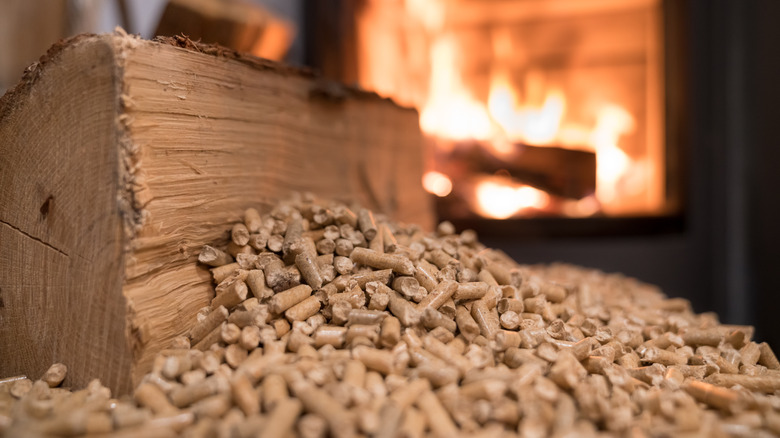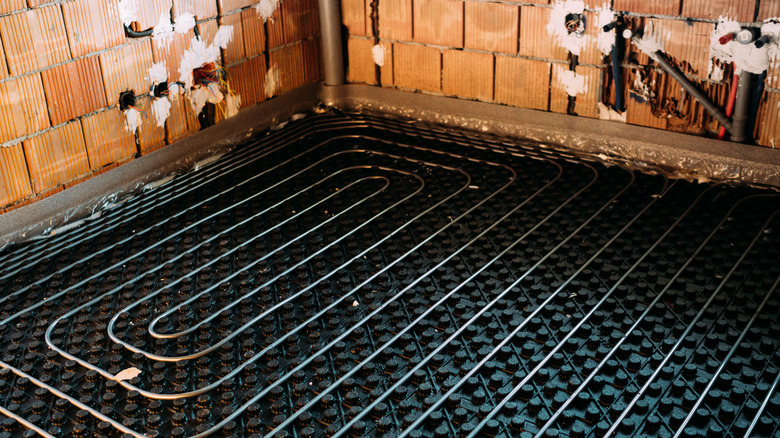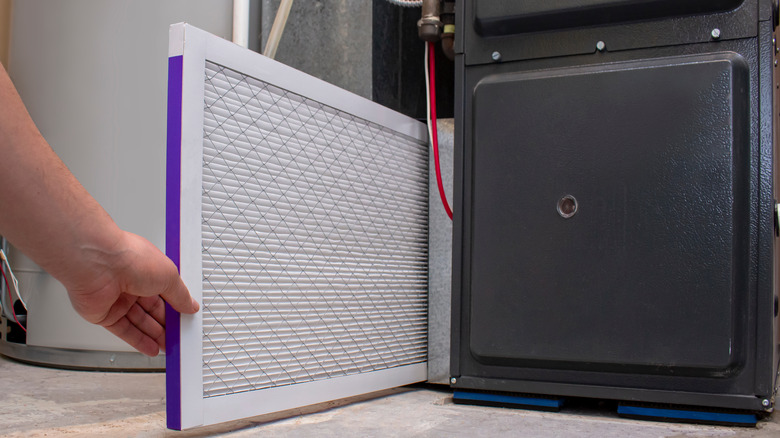What Are The Different Options To Heat Your Home?
Depending on where you live, sufficient, uninterrupted warmth may not only be essential for you and your family but also your home. If your pipes were to ever freeze, it could become a devastating and costly issue. HouseLogic says that frozen pipes often lead to cracks and ultimately bursts of water that could damage your property and belongings. If this were to happen, your insurer could save the day, but if you don't have insurance coverage for water damage, you could have a hard time shouldering the cost. Because of this, an efficient heating system is critical to keeping you and your family safe.
SFGate notes that homeowners who frequently use heat emit harmful greenhouse gasses into the atmosphere and contribute to global warming. For this reason, it's critical to have an energy-efficient way of warming your home to lessen your carbon footprint. As we share the different options to heat a home, we hope you'll find one that meets your needs.
Wood and pellet heating
The U.S. Department of Energy says that people looking for a clean and energy-efficient heating system may want to consider wood and pellet-burning appliances. Wood-burning appliances are typically labeled unsafe because they contribute immensely to air pollution and have even been banned by certain cities. However, some products and devices in this category can reduce air pollution significantly.
A masonry heater is a type of wood and pellet-burning appliance that — compared to other heating devices — is known for emitting more heat than harmful gases. It typically comes with a firebox, a large masonry mass, and a refractory concrete than can handle temperatures of over 2,000 Fahrenheit. It takes about 12 to 20 hours for a masonry heater to disperse heat throughout your home, but 90% of its fuel is transferred into usable heat. Pellet fuel appliances require 1-inch pellets that consist of wood or any organic material. They are heat-efficient and produce minimal pollution, making them one of the cleanest heating systems on the market. Pellet fuel appliances also don't need a chimney for ventilation, as they can be vented into the room.
Radiant heating
Radiant heating is a versatile option; you can place it on the floor, wall, or ceiling, the U.S. Department of Energy says. It's energy-efficient, and when compared to forced-air heating systems, allergens are less likely to flow through your home. Those who desire a heating system that produces sufficient heat will like radiant heating. It emits and disperses warmth similar to one from a stovetop throughout a space.
When looking at the different types of radiant heating, such as air-heated and electric, one stands out. The hydronic radiant floor heating system is typically the most sought-after and will save you more money than other options. It works by transferring heated water from a boiler through tubing that has been installed under the floor. To control the amount of heated water that the appliance is processing, homeowners can use systems that have zoning valves or pumps and thermostats to create a comfortable environment.
Hybrid heater
A hybrid heater might be your best choice if you want to ensure that your home remains warm throughout winter, according to Golden Rule Plumbing Heating and Cooling. As a hybrid, this heater features two fuel systems: a heat pump and a furnace. Both systems receive power from different energy sources; the heat pump uses electricity, and the furnace uses heating oil or natural gas. The reason for this is to make heating your home efficient and prevent your heater from overworking.
Heat pumps are typically vulnerable during the winter, especially when temperatures drop below freezing. On such days, when it absorbs too much cold air, the furnace system can step in to save the day! Once the heat pump has had enough time to recover, the furnace can return to standby mode. Hybrid heaters are convenient because no matter the fuel system at the helm of operations, the energy efficiency level remains the same.
Geothermal heating
The United States Environmental Protection Agency states that geothermal heating is one of the best ways to maintain an eco-friendly home. This heating option is typically installed underground, and by using the heat of the Earth, your home can remain at a comfortable and constant temperature. It doesn't matter the climate you live in, this system is designed to produce enough heat to keep you and your family warm.
Although a great way to heat your home, geothermal heating comes at a price. Enertech Global says that the average cost of this system can range between $18,000 and $30,000, which was calculated on a home of 2,500 square feet. However, many cities across the United States offer incentives so that more residents can lessen their carbon footprint. Those who reach the standards of Energy Star can acquire federal tax credits. The government also offers to those who are attempting to use more renewable sources of energy.




